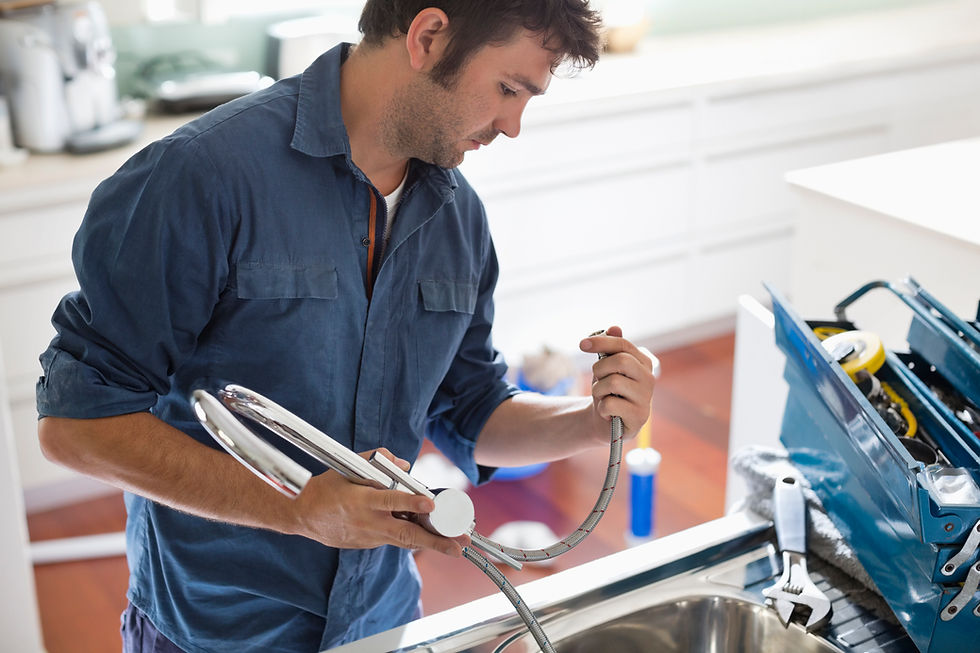There’s a lot to think about when you’re shopping for a new faucet. One of the most important details to keep in mind when choosing between various styles is to know what kind of hole configuration you have to work with.

Sinks and countertops can be drilled a few different ways. This can impact what kind of faucet you need. Common setups are 1-hole or 3-holes in bathrooms or 1-4-hole patterns in the kitchen. Below are a few key things to pay attention to in each room:
1. Bathroom:

a. The most common bathroom setup in North America is a 3-hole drill pattern where the left and right holes are 4” apart. This configuration fits CENTERCET style faucets.

b. There is another 3-hole pattern where the left and right holes are 8” apart, which allows for space between the handles and spout. This configuration is fits WIDESPREAD style faucets.

c. Many modern bathrooms and powder rooms also feature SINGLE HANDLE style faucets. Most of these can be installed into 1-hole patterns. That said, many single handle faucets are sold with baseplates (or deckplates) that will cover the left and right holes in a traditional 4” 3-hole pattern. That way you can achieve the more modern look without having to replace your sink or countertop.
2. Kitchen:
a. The first thing to know about kitchen hole patterns is that many different faucet types can fit the same one. If you have a more traditional 2 handle standard or single handle standard style and want to upgrade to a pull-down or pull-out faucet, it is most likely very possible.

b. The most common kitchen hole configuration is a 3-hole pattern, where the left and right holes are 8” apart. 2 HANDLE STANDARD and some SINGLE HANDLE STANDARD faucets require this type of hole configuration. Most PULL-OUT and PULL-DOWN faucets can accommodate a 3-hole configuration when the option baseplate is used to cover the open left and right holes.

c. 4-hole configurations often exist to accommodate an accessory, like a side-spray, soap pump, or air gap.

d. 1-hole patterns can be found in newer, modern configurations where counters were drilled for a single post design.


Kommentare